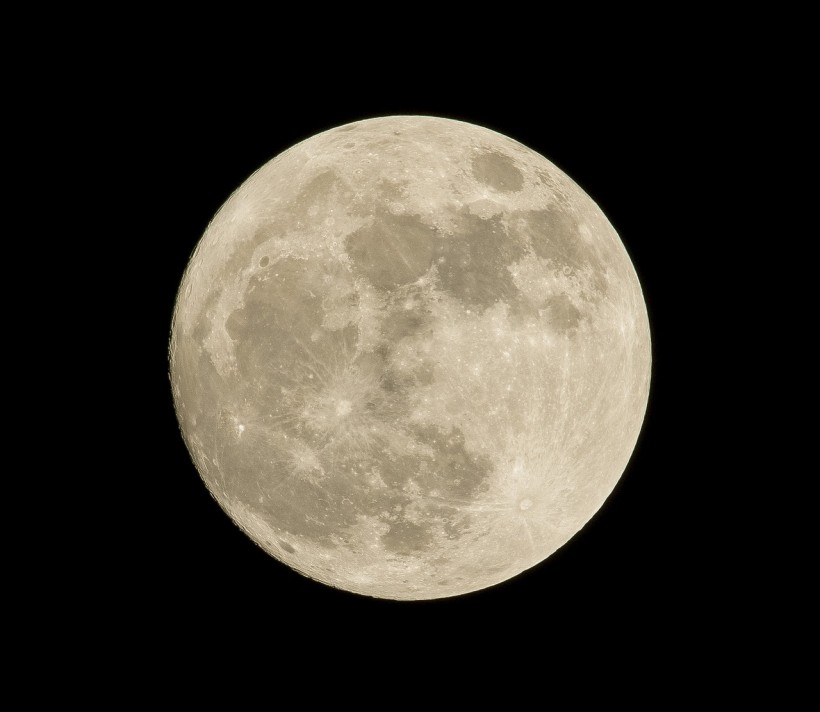United Launch Alliance's Vulcan Centaur rocket is poised for its inaugural flight, carrying Astrobotic's lunar lander Peregrine at 02:18 EST (07:18 UTC) on Monday, 7 January. This marks a historic return to lunar exploration after 50 years to be the first commercial spacecraft to successfully land on the Moon, a milestone beyond Earth's planetary boundaries.

NASA Launching Lunar Landers and Science Payloads on Its Historic Return to the Moon
Payloads Aboard the Peregrine Lunar Lander
Peregrine, the lunar lander developed by Astrobotic, carries five scientific payloads from NASA to the Moon, marking the initiation of NASA's Commercial Lunar Payload Services (CLPS). This collaborative venture involves commercial entities, showcasing an innovative approach to lunar exploration by leveraging American companies.
While NASA's payloads are intended to support upcoming Artemis missions, Peregrine is a wholly commercial endeavor, transporting cargo for various clients for $1.2 million per kilogram. This includes mini rovers, art collections, a physical bitcoin, and controversially, human remains.
Among the scientific payloads, Peregrine will transport instruments for Agencia Espacial Mexicana (AEM), the Mexican Space Agency, making it the first Latin American science payload to reach the moon. Additionally, Carnegie Mellon University's Iris rover, intended for lunar photography, and the German Aerospace Center's M-42 radiation detector are part of the mission.
However, the inclusion of human remains by space memorial companies Celestis and Elysium Space has sparked backlash, raising ethical concerns and debates about lunar sanctity.
Despite concerns, the lunar mission's payload selection falls solely on Astrobotic, emphasizing the commercial nature of these missions. The partnership with DHL to curate a "moonbox" of keepsakes, including photographs, literature, and even a piece of Mount Everest, adds a symbolic touch to the diverse payload.
Other contributions include plaques from Hungary's Puli Space Technologies and the UK's SpaceBit, a "Lunar Dream Capsule" from Japan's Astroscale filled with children's messages, and Carnegie Mellon's MoonArk project, serving as the "first museum on the moon."
Peregrine's journey also involves a contribution to human cultural heritage, carrying the Arch Mission Foundation's Lunar Library 2, described as "an ultra-durable archive of humanity," which includes Wikipedia and significant Earthly information.
Moreover, two Bitcoin-related projects accompany Peregrine, emphasizing the intertwining of space exploration and emerging technologies. These include a physical bitcoin with its private key from the Seychelles cryptocurrency exchange BitMEX and US-based BTC Inc.'s Bitcoin Magazine Genesis Plate, featuring a copy of the first mined bitcoin block.
The mission reflects the multifaceted nature of contemporary lunar exploration, combining scientific objectives with symbolic, cultural, and technological elements.
READ ALSO: NASA Released Remastered Images of Apollo 17 Moon Mission on Its 50th Anniversary
NASA's Collaborative Lunar Leap a Crucial Milestone in Space Exploration
The space mission signifies a significant phase in exploration, highlighting the collaboration between private entities and NASA. This launch is a crucial milestone, showcasing joint efforts to propel humanity's cosmic journey into the future.
Peregrine is poised to touch down in the Bay of Stickiness on the moon's nearside, representing a major venture to uncover the mysteries of the Gruithuisen Domes, unusual formations thought to result from ancient silicic lava.
Following its arrival in lunar orbit, Peregrine will spend several weeks before undertaking the landing on February 23. The event is of great importance as the United States hasn't executed a moon landing since the Apollo missions, underscoring the complexity and risks associated with lunar landings.
Nevertheless, NASA, along with its commercial partners, remains steadfast in its commitment to ongoing lunar exploration, with Peregrine Mission 1 paving the way for subsequent CLPS missions, including plans for at least four more lunar launches by the close of 2024.
RELATED ARTICLE: NASA Returns to the Moon: Peregrine One Getting Ready for Historic Lunar Landing After 50 Years
Check out more news and information on Moon Landing in Science Times.














